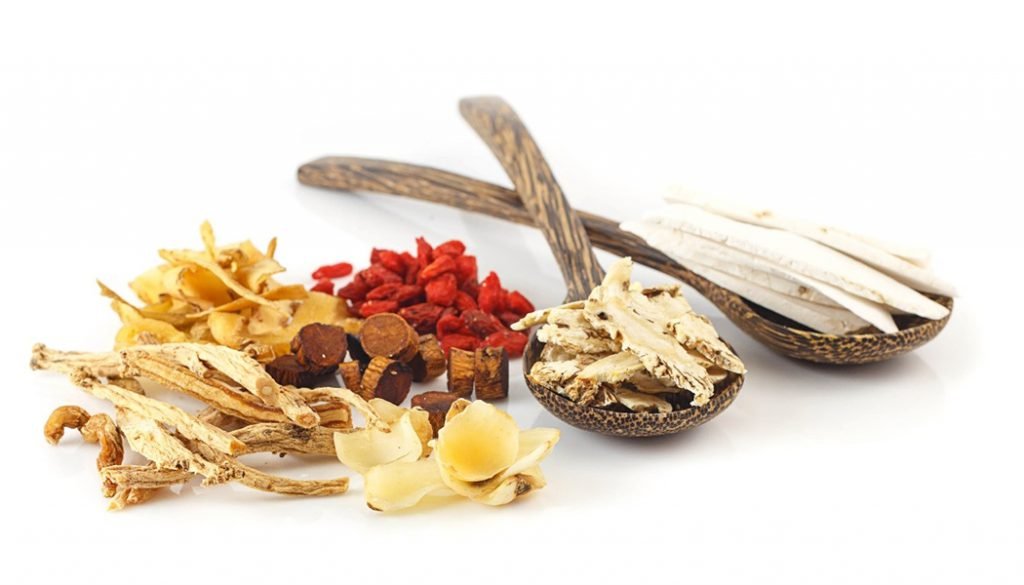Ancient Herbs Still Used in Modern Medicine
For thousands of years, people have relied on the healing properties of herbs to treat various ailments. What’s fascinating is that many of these ancient herbs remain staples in modern medicine. Thanks to advanced scientific research, we now understand the mechanisms behind their efficacy, blending traditional wisdom with contemporary healthcare.
In this article, we explore several ancient herbs that have stood the test of time and continue to play a vital role in modern medicine.
1. Turmeric
Historical Use:
Turmeric has been a cornerstone of Ayurvedic and Traditional Chinese Medicine (TCM) for over 4,000 years. It was traditionally used to treat inflammation, digestive issues, and skin conditions.
Modern Applications:
- Curcumin Benefits: Turmeric’s active compound, curcumin, is celebrated for its anti-inflammatory and antioxidant properties.
- Medical Uses: It is used in managing arthritis, reducing inflammation, and supporting brain health.
- Research Support: Studies show that curcumin can improve symptoms of chronic inflammatory diseases, including irritable bowel syndrome (IBS).
2. Garlic
Historical Use:
Ancient civilizations, including the Egyptians, Greeks, and Romans, valued garlic for its antimicrobial and cardiovascular benefits.
Modern Applications:
- Heart Health: Garlic is widely used to reduce blood pressure and cholesterol levels.
- Immune Support: Its sulfur compounds, like allicin, provide antimicrobial and immune-boosting effects.
- Research Support: Studies indicate that regular garlic consumption can lower the risk of heart disease and improve immune function.
3. Ginseng
Historical Use:
For over 5,000 years, ginseng has been a cornerstone of TCM and Korean medicine, praised for its ability to boost energy and improve overall vitality.

Modern Applications:
- Cognitive Enhancement: Ginseng is used to improve mental focus and reduce fatigue.
- Stress Relief: It is considered an adaptogen, helping the body resist stress.
- Research Support: Clinical trials have demonstrated ginseng’s efficacy in boosting energy levels and improving cognitive performance.
4. Aloe Vera
Historical Use:
Known as the “plant of immortality” in ancient Egypt, aloe vera was historically used to heal wounds and treat skin conditions.
Modern Applications:
- Skin Healing: Aloe vera is a common ingredient in modern skincare products, aiding in the treatment of burns, cuts, and acne.
- Digestive Health: It is used to alleviate constipation and improve gut health.
- Research Support: Aloe vera’s bioactive compounds, such as polysaccharides, support wound healing and have anti-inflammatory effects.
5. Ginger
Historical Use:
Originating in Southeast Asia, ginger has been used for over 4,000 years in Ayurvedic and TCM practices to treat nausea, digestive problems, and inflammation.
Modern Applications:
- Nausea Relief: Ginger is widely recommended for managing motion sickness and morning sickness during pregnancy.
- Pain Management: Its anti-inflammatory properties make it effective against muscle pain and arthritis.
- Research Support: Studies confirm ginger’s role in reducing nausea and its potential as an anti-inflammatory agent.
6. Peppermint
Historical Use:
The use of peppermint dates back to ancient Egypt and Greece, where it was used for digestive disorders and headaches.
Modern Applications:
- Digestive Health: Peppermint oil is a proven remedy for irritable bowel syndrome (IBS).
- Respiratory Relief: It helps alleviate symptoms of colds and congestion.
- Research Support: Peppermint’s active compound, menthol, has been extensively studied for its soothing effects on the gastrointestinal system.
7. Licorice Root
Historical Use:
Licorice root has been used in traditional medicine systems like TCM and Ayurveda for centuries to treat respiratory and digestive issues.
Modern Applications:
- Stomach Ulcers: Licorice derivatives, like deglycyrrhizinated licorice (DGL), are used to manage ulcers and acid reflux.
- Anti-Inflammatory Properties: It supports respiratory health and reduces inflammation.
- Research Support: Studies confirm its efficacy in reducing symptoms of gastritis and supporting respiratory health.
8. Chamomile
Historical Use:
Chamomile has been used since ancient times in Egypt, Greece, and Rome for its calming and anti-inflammatory properties.
Modern Applications:
- Sleep Aid: Chamomile tea remains a popular remedy for insomnia and stress.
- Skin Conditions: It is used to treat eczema and other skin irritations.
- Research Support: Chamomile’s flavonoids have been shown to reduce anxiety and improve sleep quality.
9. Ashwagandha
Historical Use:
As a staple of Ayurveda, ashwagandha has been used for over 3,000 years to boost energy, reduce stress, and enhance overall well-being.
Modern Applications:
- Stress Reduction: It is widely used as an adaptogen to combat stress and anxiety.
- Hormonal Balance: It helps improve thyroid function and male fertility.
- Research Support: Clinical studies support ashwagandha’s role in reducing cortisol levels and improving mental clarity.
10. Valerian Root
Historical Use:
Used since ancient Greece and Rome, valerian root was historically used to treat insomnia and anxiety.
Modern Applications:
- Sleep Disorders: Valerian root is a common natural remedy for improving sleep quality.
- Stress Management: It helps in reducing nervous tension and anxiety.
- Research Support: Studies validate its efficacy in enhancing sleep and reducing anxiety symptoms.
Conclusion
The continued use of these ancient herbs in modern medicine highlights their timeless value and effectiveness. By bridging traditional knowledge with scientific validation, these herbs provide natural and accessible solutions for various health concerns. As research advances, the role of botanical medicine in healthcare is likely to expand, offering even more benefits to those seeking holistic and sustainable treatments.



